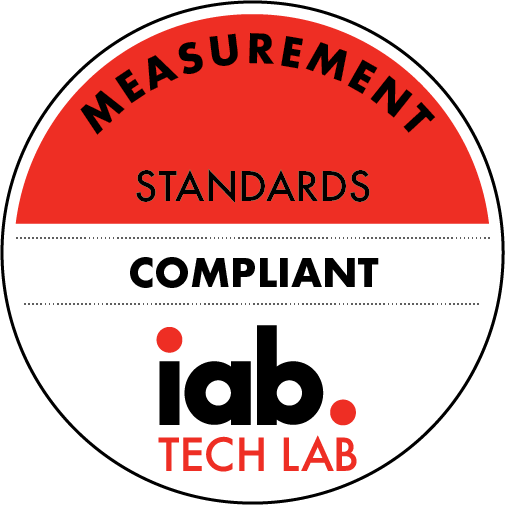3.1 Exploring Clustering Structure in Ranking Data (Brendan Murphy)
Description
Cluster analysis is concerned with finding homogeneous groups in a population. Model-based clustering methods provide a framework for developing clustering methods through the use of statistical models. This approach allows for uncertainty to be quantified using probability and for the properties of a clustering method to be understood on the basis of a well defined statistical model. Mixture models provide a basis for many model-based clustering methods. Ranking data arise when judges rank some or all of a set of objects. Examples of ranking data include voting data from elections that use preferential voting systems (eg. PR-STV) and customer preferences for products in marketing applications. A mixture of experts model is a mixture model in which the model parameters are functions of covariates. We explore the use of mixture of experts models in cluster analysis, so that clustering can be better understood. The choice of how and where covariates enter the mixture of experts model has implications for the clustering performance and the interpretation of the results. The use of covariates in clustering is demonstrated on examples from studying voting blocs in elections and examining customer segments marketing.
More Episodes
Published 12/03/14
Functional data are becoming increasingly common in a variety of fields. Many studies underline the importance to consider the representation of data as functions. This has sparked a growing attention in the development of adapted statistical tools that allow to analyze such kind of data :...
Published 12/03/14
The idea of selecting a model via penalizing a log-likelihood type criterion goes back to the early seventies with the pioneering works of Mallows and Akaike. One can find many consistency results in the literature for such criteria. These results are asymptotic in the sense that one deals with a...
Published 12/03/14


